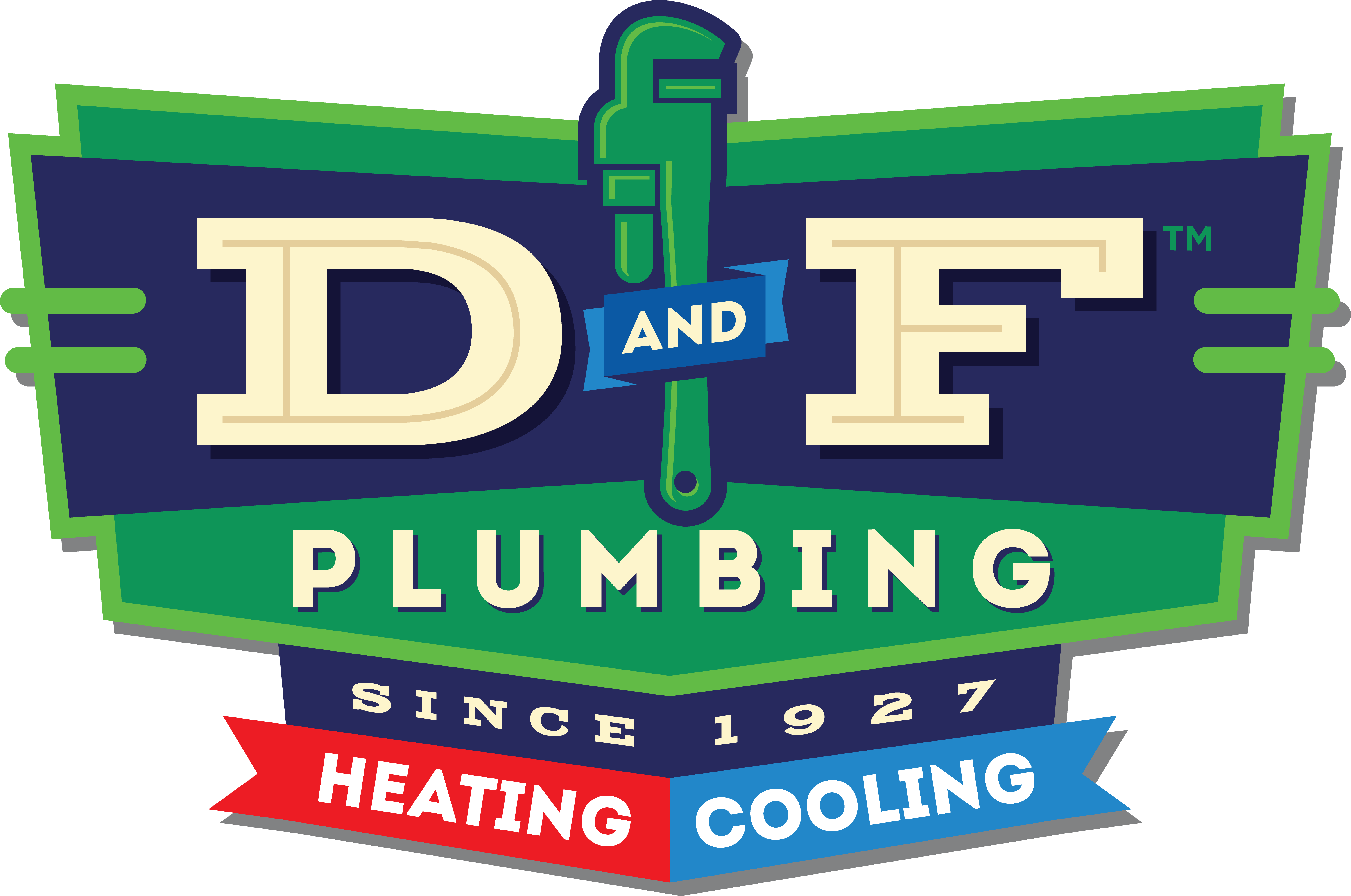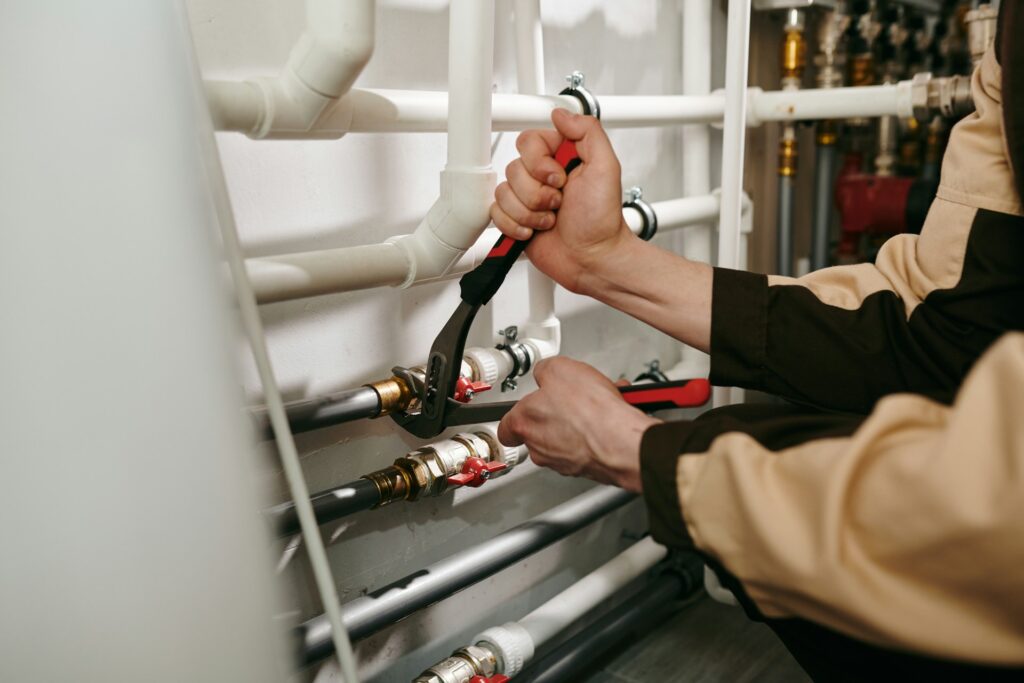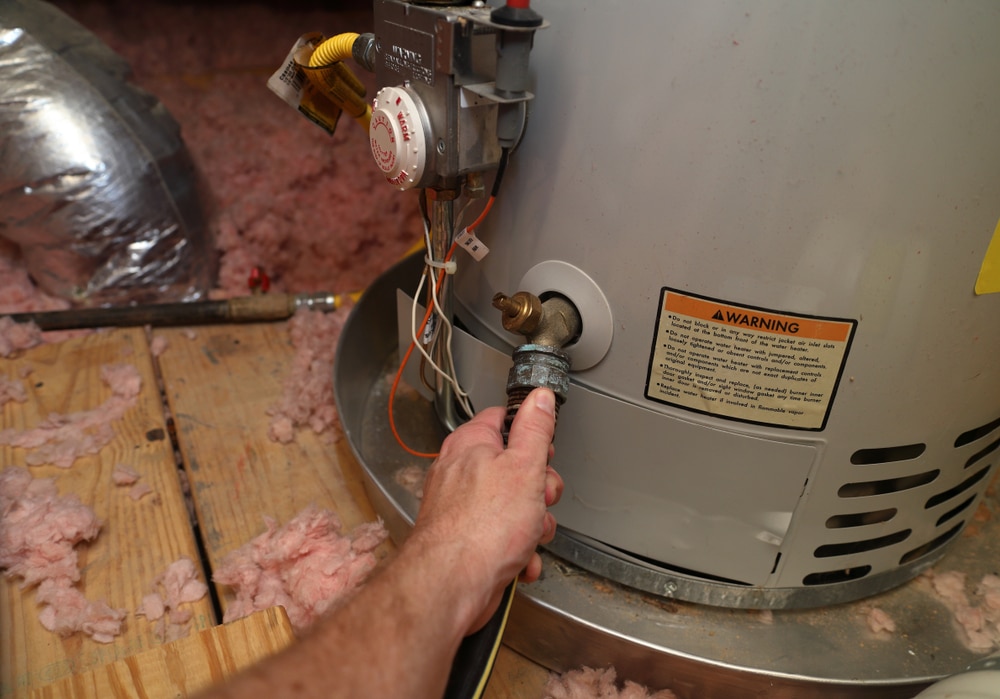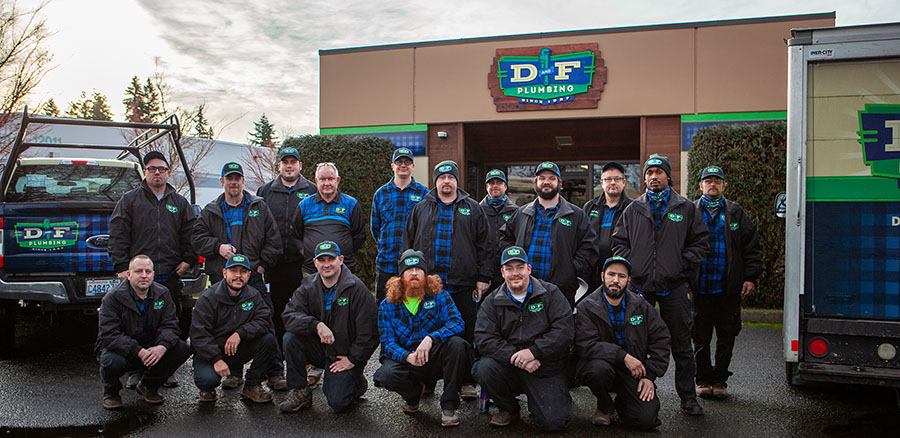
The last thing you want to worry about during the holiday season is a major plumbing disaster. However, without proper precautions, the cold of winter could lead to leaky pipes and a swampy house. Since water expands when it freezes, low temperatures can wreak havoc on your plumbing system. Damaged plumbing can lead to:
- Flooding throughout your home. Cascading water might be a beautiful sight on a hike, but it isn’t so pretty when it’s coming out of your basement ceiling. However, flooding is a pretty common consequence of a broken pipe, especially if the damage isn’t caught early.
- Structural instability. As water flows over your foundation or through your walls, it can cause cracks or warping that may make your home structurally unsafe. This kind of damage can pose a huge safety hazard for your family, and it is often costly to repair.
- Mold growth and health issues. Even if you don’t like mold at first, it’ll really grow on you (ba-dum tss!). But in all seriousness, mold is a fungus fueled by moisture, and it can result in serious health issues – particularly for those with respiratory issues or allergies.
- A high water bill. Unfortunately, the water leaking out of your pipes often comes with a price tag. Between the water bill and the repair costs, flooding can be hugely expensive.
How to Winterize Your Plumbing
To avoid a visit from the dreaded basement waterfall, it’s important to winterize your plumbing before the cold sets in. That way, you can relax during the holidays instead of worrying about a burst pipe. And, this process doesn’t have to be difficult! Here are a few easy steps to winterize your plumbing:
- Shut off water to your outdoor faucets. The shut-off valve may be located inside, such as in your basement or crawlspace. Once you locate the valve, simply turn off the water to any outdoor faucets.
- Drain water from the outdoor faucets. Once the water is shut off, open the faucet to drain water from the pipes and hose. Roll up and store your hose indoors to keep it in good condition. Then, leave the faucet open so any water can flow out with ease.
- Insulate any exposed pipes. Fiberglass covers, heat tape, and other forms of pipe insulation can help prevent freezing. This step is especially important for any pipes that will still carry water during winter.
Professional Plumbing Winterization
If you have a complicated plumbing system or you want to be 100% sure that your pipes are perfectly protected for the winter, it may help to call a professional. That’s where the experts at D&F Plumbing, Heating and Cooling can help! Serving the Portland metropolitan and SW Washington area, our experienced plumbing professionals can help keep your pipes safe and sound without the hassle. Contact us today to schedule a winterization!
















